 Worst Doctor Who Episodes
Worst Doctor Who Episodes
Doctor Who is one of the most stellar sci-fi franchises ever, but when is it bad? , it is so indeed. brutal. As the BBC's time-traveling maverick celebrates his 60th birthday, even die-hard Whovians admit the Doctor's moments are terrifying.
Aliens created from bin inserts, scripts that are both crazy and boring, with special effects apparently put together on an Amstrad 464 — when it comes to disaster television, the Doctor takes first prize.
Hold on to your sonic screwdriver as we bring you the 10 worst episodes of Doctor Who.
The Web Planet (1965)  Battle of Zarbi and Menopterus Photo: BBC
Battle of Zarbi and Menopterus Photo: BBC
William Hartnell's original Doctor encounters the Zarbi, an ant-like race enslaved by a parasitic Animus that covers the planet Vortis in a web. All is clear? Good, because this is where things get complicated. Zarbi are ancient enemies of the menopteran butterflies that invade the Zarbi's homeland. Writer Bill Stratton considered Menoptera and Zarbi to represent the conflicting forces of capitalism and communism (welcome to the mid-sixties). It's a promising idea, let down by the Ant-Men and Butterfly Guys' terrifying costumes, and the decision to have Zarbi communicate with annoying beeps. The web planet was thought to have been destroyed by the BBC for many years, but the original prints were later recovered. They serve as a warning to history: «Who's Bad» is in a class of its own.
The Underwater Menace (1967)
Patrick Troughton's early Second Doctor villainy, The Underwater Menace, ticks all the boxes for a true Howler Who. Doctor Troughtona visits a volcanic island where the surviving inhabitants of Atlantis have settled. Unfortunately, the BBC is turning its fish people into real-life Captain Birdseye, outfitting them with dodgy glasses and dubious tights.
Troughton maintains her dignity when the doctor's assistant Polly (Anneke Wills) is taken away for a «conversion operation» that will turn her into a fish lady. Backstage, however, he was less than impressed, expressing disappointment at the fish people's «ridiculous costumes and makeup.» Producer Innes Lloyd agreed, complaining that The Underwater Menace looked «like something out of a '50s American B-movie.» Parts two and three of the four-part story can be watched — if that's a word — on iPlayer, but parts one and four fell victim to the BBC's notorious policy of removing old Doctor Who episodes (the Beebe has since filled in the gaps with an animated adaptation).
Warriors of the Deep (1984) 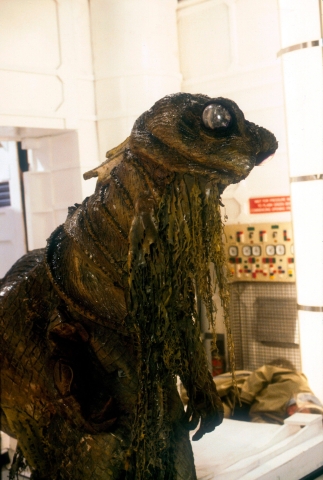 Terrible Mirka Photo: BBC
Terrible Mirka Photo: BBC
Even the always cheerful Fifth Doctor Peter Davison looks fed up when faced with one of the most terrifying Doctor Who monsters on the World — Lovecraft's pantomime horse. It's all Margaret Thatcher's fault — when she called a snap general election in 1983, the BBC had to scramble to catch up and production time on Warriors of the Deep was cut by two weeks. «Mirka» was completed just an hour before the deadline, and the costume «smelled strongly of paint and glue» — one of the two puppeteers who controlled the creature felt as if he was «sniffing glue.» At the same time, the paint on the animal did not dry out and did not rub off on the walls. Years later, former BBC controller Michael Grade cited Mirka as an example of why he hated Doctor Who (he took Who on an 18-month hiatus in 1985 — it was ultimately canceled in 1989).
Timelash (1985) )
Long before Jodie Whittaker's run-ins with real-life historical figures like Rosa Parks, Ada Lovelace and Mary Shelley, Colin Baker's Sixth Doctor crosses paths with H.G. Wells. But what a missed opportunity their meeting proves. The plot concerns a kind of time corridor — aka Timelash — which the evil ruler of the planet Karfel uses as a prison for dissidents and which, for «reasons», leads straight to Victorian Britain and the young H. G. Wells (David Chandler). .
The acting is top notch, although not in the best way. “Save your breath for Timelash, Doctor,” says villain Thacker (Paul Darrow from Blake’s 7). “Most people leave screaming!” However, as is often the case with Doctor Who, the real issue is the cost of production. For example, the supposedly terrifying Timelash looks like it was built from yard sale trinkets. Science fiction magazine editor Graham Slate despaired of «a weak script, cheap production design, unimaginative direction, laughable special effects and some appalling performances.» «A terribly boring story, memorable only because it was made as a school pantomime with belated '80s New Romance fashion mistakes,» agrees Doctor Who expert Tat Wood.
Time and the Rani (1987) )
The original Doctor Who before Russell T. Davies was on its last legs by the time Sylvester McCoy debuted in this four-part arc. His predecessor Colin Baker left in a huff and refused to return to play the Doctor in the regeneration sequence that precedes the opening credits. Thus, McCoy can play both the old and new Doctor (his face is hidden until the end of the regeneration).
The story begins with the TARDIS being attacked by the traitor Kate O'Mara, Lady of Time, the Rani. With his memory temporarily erased, McCoy's seventh Doctor is tricked into helping the Rani build a machine that will disrupt space and time.
The idea isn't uninteresting — the problem is the inept pacing and boring dialogue. Even though BBC executives were keen to put Doctor Who to sleep, the show seemed to be trying to put viewers to sleep. The bad taste continues: in 2014, Doctor Who magazine readers named «Time and the Rani» one of their least favorite episodes. «It was a story about nothing — and, unfortunately, it was Sylvester McCoy's debut,» complained Who script editor Andrew Cartmel.
The Unicorn and the Wasp (2008)
David Tennant remains one of the most popular doctors, but even he had misfires. This lurch towards cozy crime — with a cameo from Fenella Woolgar as Agatha Christie — feels particularly awkward. The script is crammed with references to Christie. So much so that the episode feels more like a tribute to Christie than to Doctor Who. What's worse is that the villain is a giant wasp in human form — a twist unworthy of Doctor Who and Agatha Christie, who wouldn't appreciate having her reputation transported across time and space in this way.
The Crimson Terror (2013) 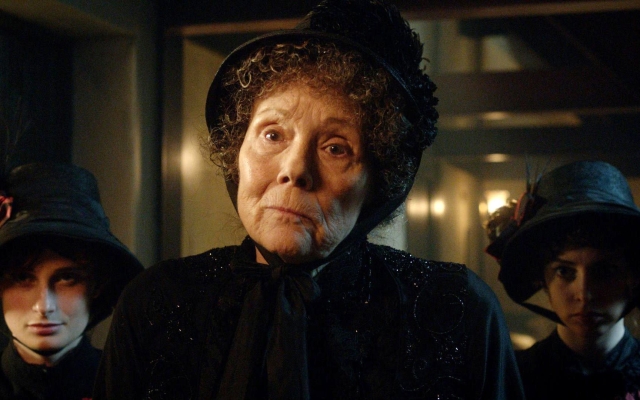 Diana Rigg as a mad scientist in The Crimson Terror Author: Adrian Rogers
Diana Rigg as a mad scientist in The Crimson Terror Author: Adrian Rogers
Matt Smith continued playing Prince Philip in The Crown after hanging up his sonic screwdriver. But before getting to Buckingham Palace, there was time for this royal flop of a film that finds the Doctor in Victorian Yorkshire with Diana Rigg chewing up the scenery as a mad scientist. The episode is meant to be a love letter to sixties spy shows like Rigg's The Avengers. Ironically, this was hampered by her amazing performance, as well as the fact that her character is in cahoots with a rubber worm named Mr. Sweet.
The Return of Dr. Mysterio (2016)
Steven Moffat's Christmas special was both enjoyable and exhausting. It all starts when the Doctor accidentally helps an eight-year-old boy turn into a superhero. Twenty-five years later, the boy is still a superhero called the Ghost, and it is then that he faces the Doctor again in a dark storyline in which giant brains try to take over the world. Capaldi — the great grumpy Doctor — seems clearly frustrated by the sentimental tone of the episode, which oscillates between sentimental and boring.
Arachnids in the UK (2018)
Jodie Whittaker had the toughest time of all modern TARDIS residents. Not only did she have to deal with internet trolls unable to deal with a female doctor, she also had to negotiate Chris Chibnall's terrible scripts. In one of the early films, she battles giant spiders with the help of a boastful Donald Trump-type politician, played (since cancelled) by Sex and the City's Mr. Big Chris Noth. The spiders are decently drawn, but Noth's Trump-like image is taken straight out of pantomime, and the ending, in which the Doctor decides to lure the spiders into a room where they can be put to sleep humanely, is extremely creepy. The Doctor sending giant spiders into a glorified gas chamber is not how the BBC would like the Whittaker era to begin.
Village of Angels (2021) 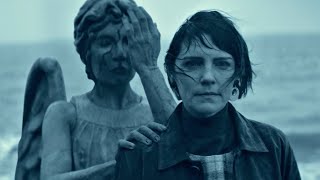
The Top 10 “Worst Doctor Who” may consist entirely of Chibnall episodes. Among his many brutal antics, one of the most egregious is certainly “Village of Angels.” It had all the usual Chibnall flaws — a pointless storyline, dull pacing and too much focus on the Doctor's companions. But his worst sin is taking Doctor Who's greatest villain, the Weeping Angels, stripping them of the horror and mystery and turning them into generic villains.


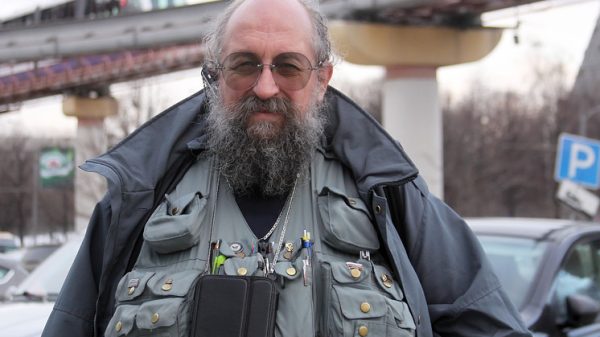






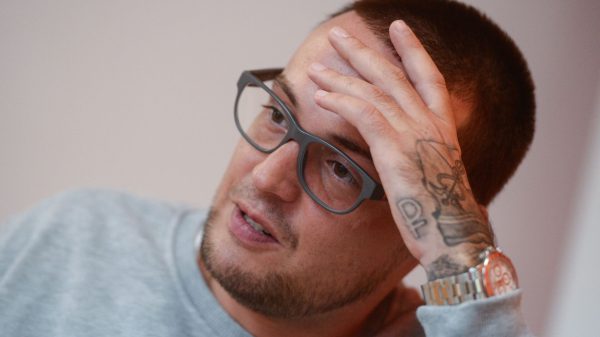


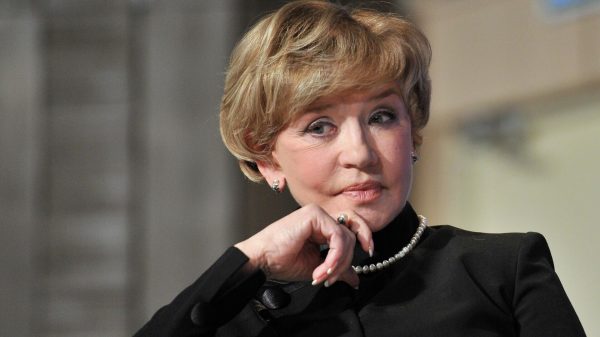
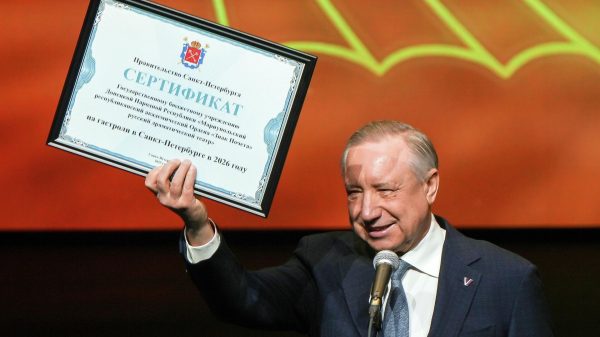
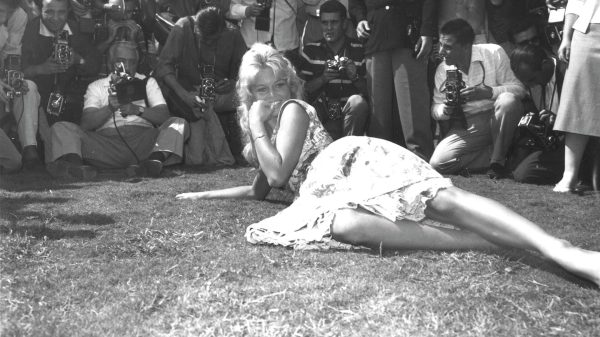

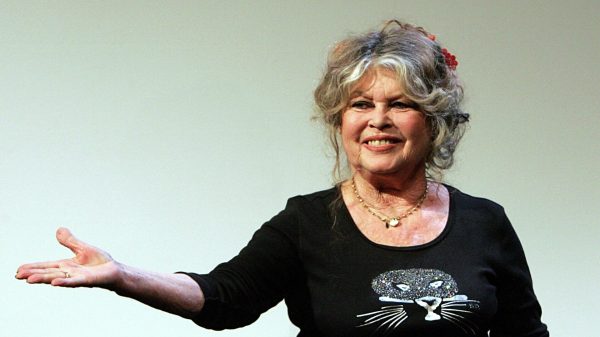




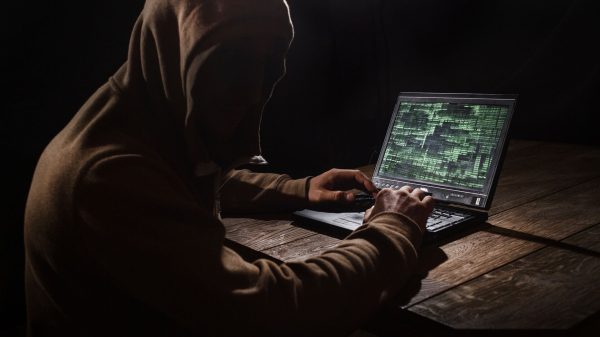
































Свежие комментарии